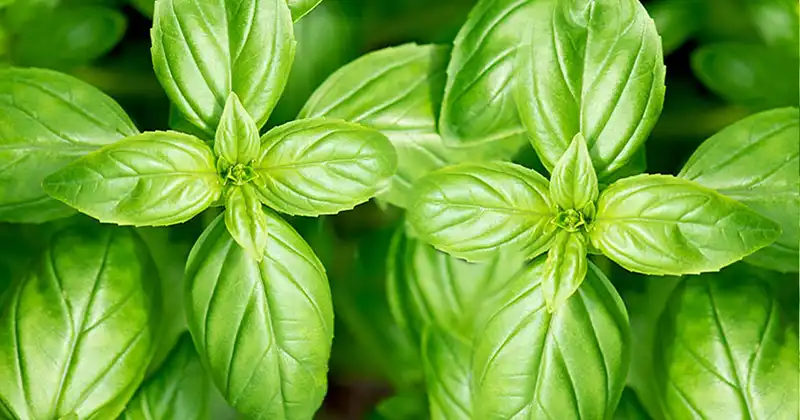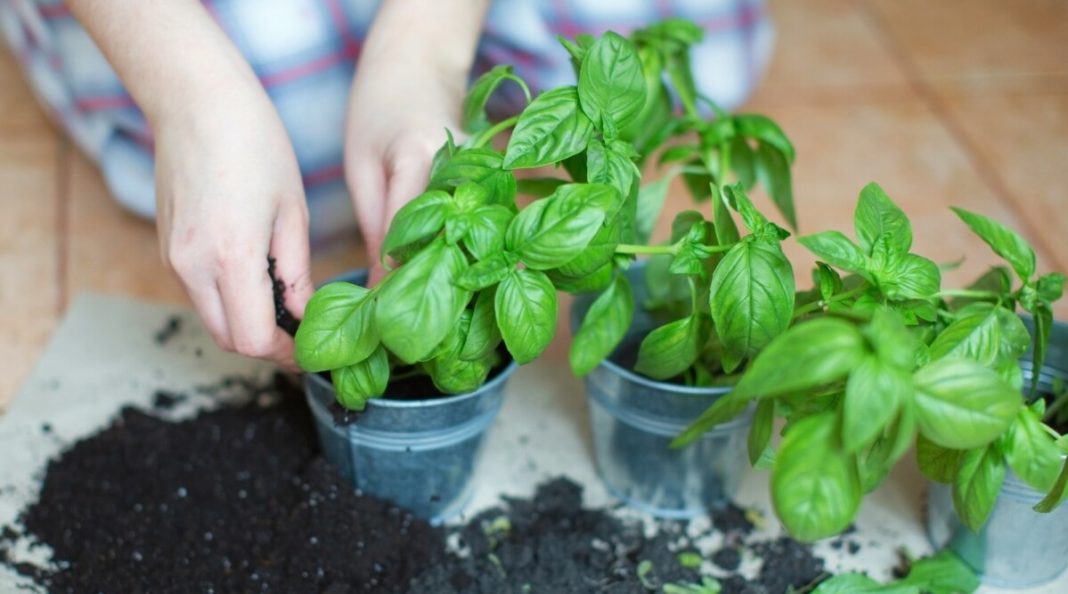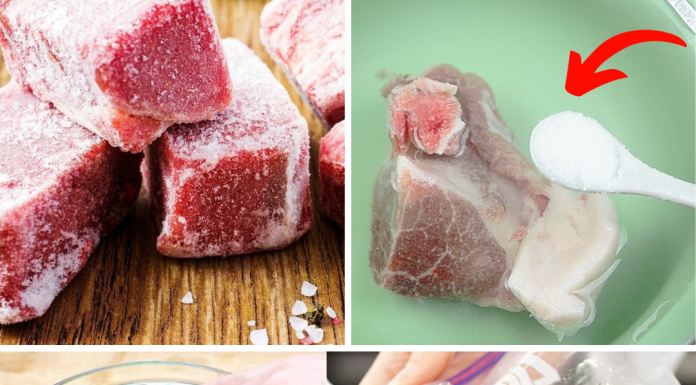Basil, is undoubtedly one of the most beloved herbs in the world. It’s not only a versatile ingredient in the kitchen but also a joy to cultivate in your garden.

1. Varieties and Care
One of the first things you need to consider when growing basil is the variety. There are numerous types of basil, each with its unique flavor and characteristics. Some popular varieties include Greek basil, Genovese basil, Thai basil, and even specialized flavors like cinnamon basil or lemon basil. The variety you choose depends on your culinary preferences.
2. Light, Water, and Soil
Basil is known for its adaptability, making it a great choice for both beginner and experienced gardeners. It thrives with six to eight hours of sunlight per day, so make sure to plant it in a sunny spot. Basil is a thirsty plant, so don’t shy away from regular watering. Use well-draining, nutrient-rich soil and mulch to retain moisture.
3. Pruning for Bushy Growth
Pruning is a key technique to encourage bushier basil plants. By cutting the main stem and creating forks, you stimulate new growth, resulting in a fuller plant. Regular pruning will ensure a constant supply of fresh leaves. Additionally, pruning helps in preventing the basil from flowering too early, which can affect its taste.
4. Propagation Techniques
You can easily propagate basil to expand your garden or share with friends. Cut below a node, strip the lower leaves, and place the cutting in water or soil. It will develop roots and can be planted separately. This method is handy, especially when you have a favorite basil variety you want to grow more of.
5. Dealing with Flowers
Flowering can impact the flavor of basil leaves. If you’re growing a variety where the flavor degrades after flowering, be prepared to make pruning cuts to remove the flowers. This will extend the time you can harvest tasty basil leaves.
6. Pest and Disease Management
Keep an eye out for common basil pests like aphids and Japanese beetles. Pruning, as well as regular maintenance and inspections, can help you spot and address these issues early. Additionally, basil can be susceptible to mildews. Choose basil varieties like Amazel basil, which have downy mildew resistance, to reduce the risk.
7. Interplanting with Other Crops
Consider using basil as an understory companion plant for taller summer crops like tomatoes. The basil can serve as a living mulch that doesn’t compete with the main crop while adding flavor and beauty to your garden. This interplanting strategy optimizes your garden space.
8. Enjoy the Process
Lastly, growing basil is not just about the end result—it’s about the journey. Embrace the propagation techniques, the pruning, and the care of your basil plants. It’s a rewarding experience that allows you to develop your gardening skills while enjoying delicious, fresh basil in your culinary creations.
In conclusion, basil is a fantastic herb to grow, and by following these tips, you’ll be well on your way to a thriving basil garden. So, whether you’re new to gardening or an experienced green thumb, cultivating your basil plants can be an enjoyable and flavorful journey. Happy gardening!










